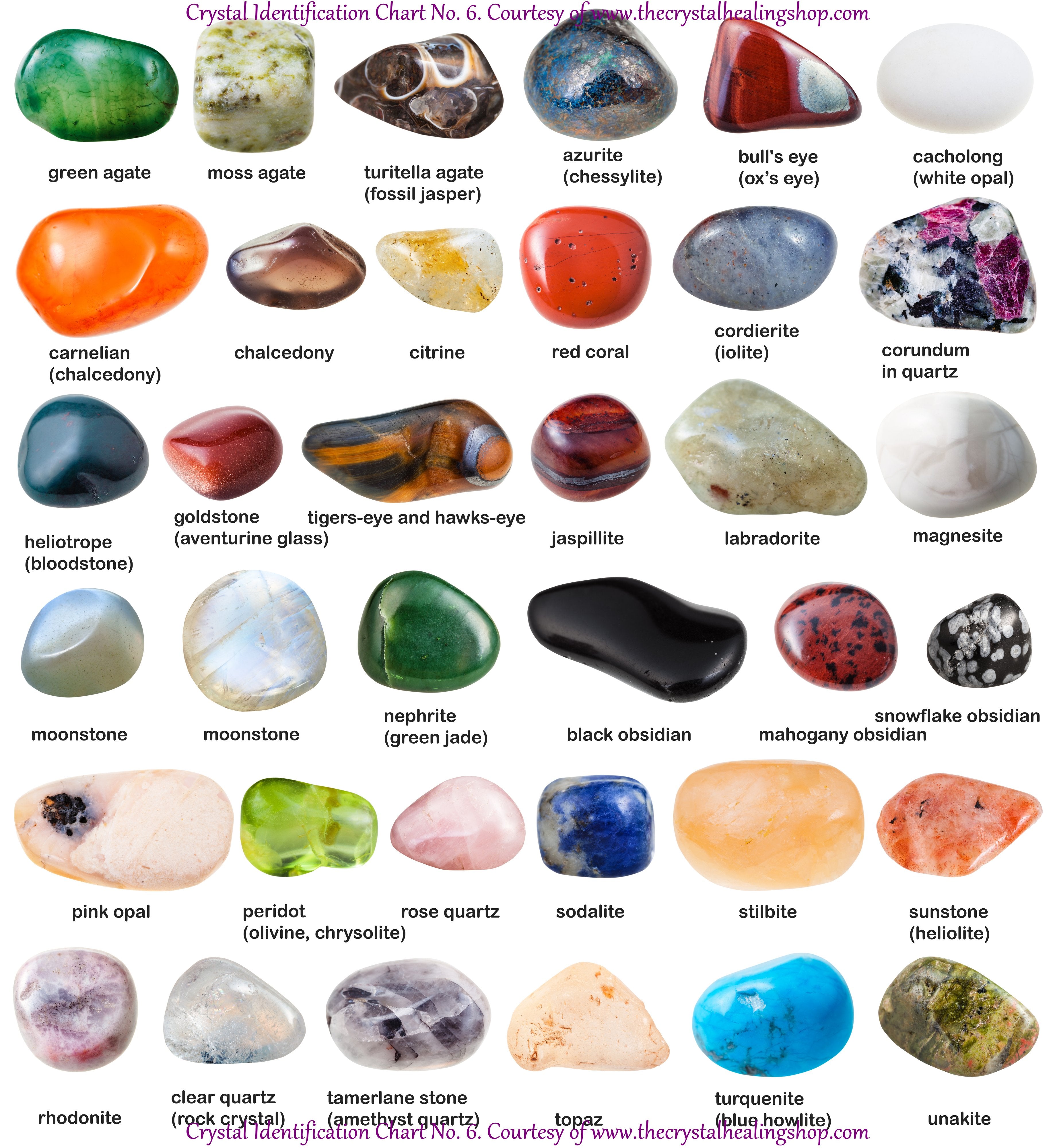

After they are mined, they usually go to a lapidary, which does the final cleaning. The crust is made up of three kinds of rock, known in geology as igneous, metamorphic and sedimentary rock. All gemstones are mined in the crust. Most of the gemstones form as minerals under various conditions in the rocks of the Earth’s crust, while just a few of them form in the mantle. Our planet, which was created about 4.5 billion years ago, is comprised of several layers: the Earth's crust, ranging from 3 to 25 miles deep, the mantle and the inner part of Earth known as the core. Introduced in 1822, the scale originated when Friedrich Mohs chose ten minerals and assigned numbers to them based on the relative ease or difficulty with which one can be scratched by another. The Mohs Scale rates the hardness of gems and minerals on a relative scale of 1 (softest – Talc) to 10 (hardest – Diamond). It indicates the stone’s resistance to scratching and abrasions, or how the surface of the gem will respond to contact with a sharp point. The hardness of a stone is the only factor in determining gem durability. For example, a one-carat ruby (very dense) is going to be smaller than a one-carat emerald (less dense). Also, different types of gems that are similar in size may still differ significantly in value. It's important to recognize that some gems are denser than others. The weight of the gemstone is measured in carats (5 carats = 1 gram). A gemstone that has been cut and polished is called a gem, or jewel.

Only the harder gemstones can be successfully faceted. The faceted cut has many flat cut surfaces (facets) with an overall shape that might be round, oval, square, and more. Faceting is the process of cutting a gemstone to improve its beauty by making it reflect more light. Cabochons were the only way in which stones were cut until about the 14th century when faceting was developed. The cabochon cut has a smooth rounded top, usually with a flat base, and it is mainly used for opaque or translucent softer gemstones. There are two basic kinds of gem cuts: cabochon and faceted. The natural beauty of a gem can be enhanced by the way it is cut. Others, such as aquamarine and topaz, generally have very few inclusions or even none at all. Some gemstones, such as emeralds, are more likely to have inclusions. Inclusions can sometimes identify gemstones and even prove whether the stone is natural or synthetic. When viewed through a microscope or a 10x loupe, they can give information about the geological environment in which the mineral was formed and its origin. Inclusions can look like small spots or imperfections within the stone.

Gemstones are formed below the Earth's surface and can sometimes show traces of other minerals, called inclusions. Generally, gemstones with clear, medium-tone, intense, and saturated primary colors are most preferred.
#Crystals gems stones meaning full
Most gemstones have little beauty in the rough state, they may look like ordinary rocks or pebbles, but after a skilled cutting and polishing the full color and luster can be seen. Gemstones are diverse in their beauty, and many are available in a stunning variety of shades and colors. Even though most gemstones are hard, some are too soft or fragile to be used in jewelry, so they are often exhibited in museums and sought by collectors. Gemstones are minerals, rocks, or organic matters that have been chosen for their beauty, durability, and rarity and then cut or faceted and polished to make jewelry or other human adornments.


 0 kommentar(er)
0 kommentar(er)
